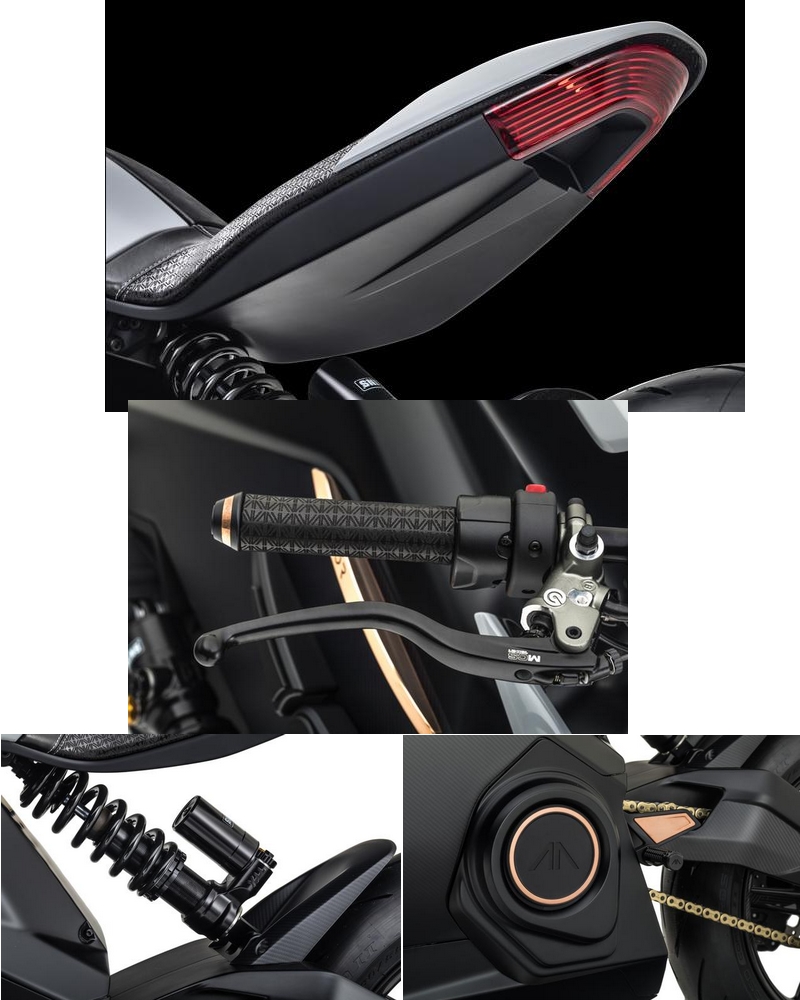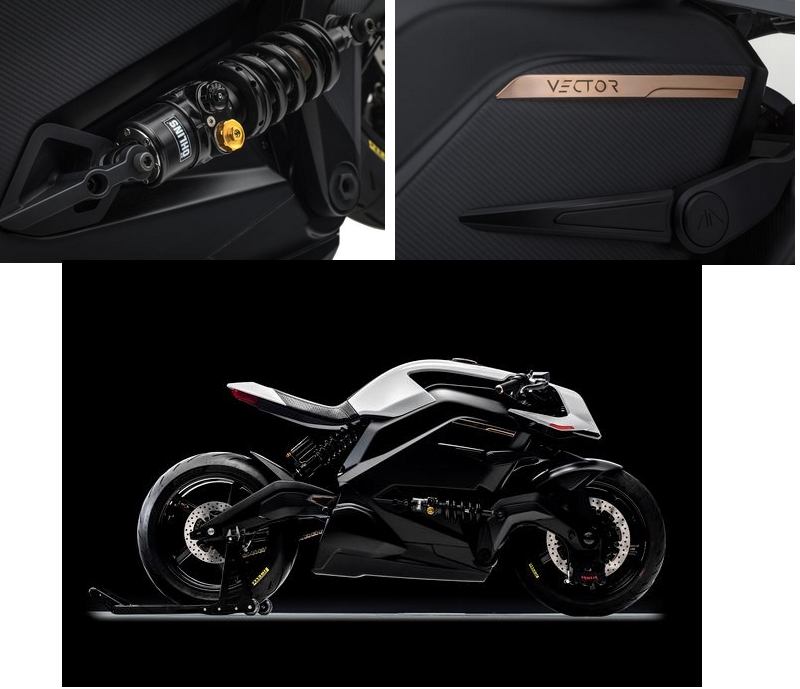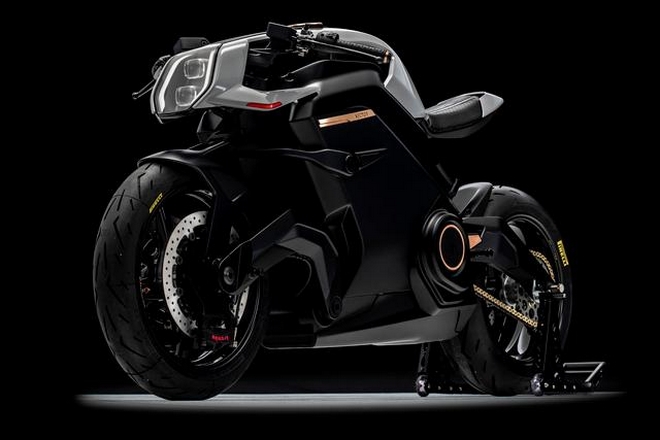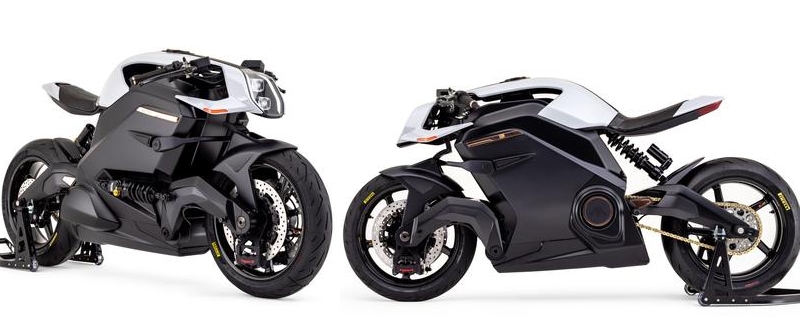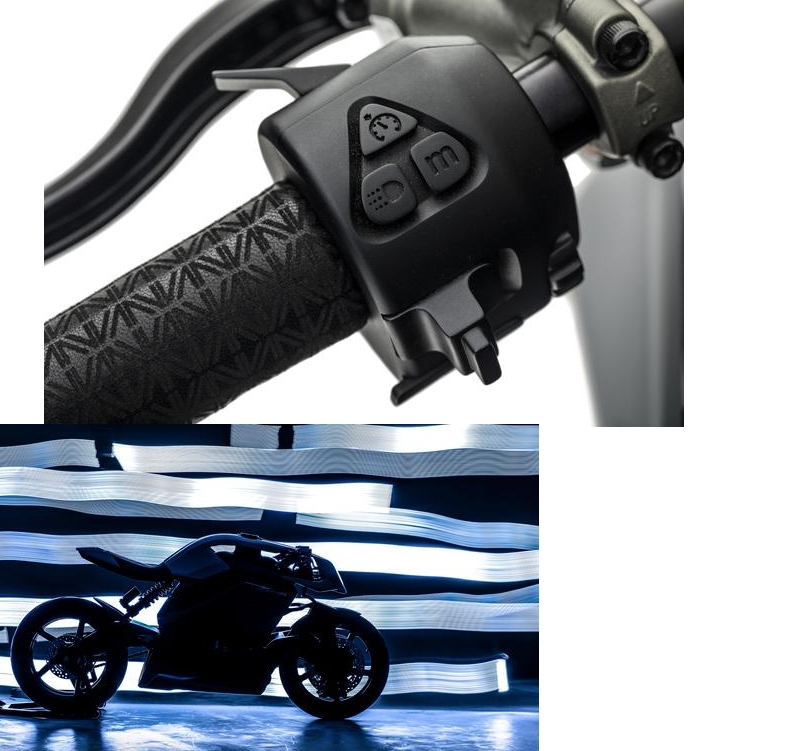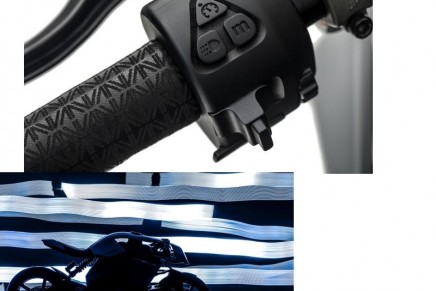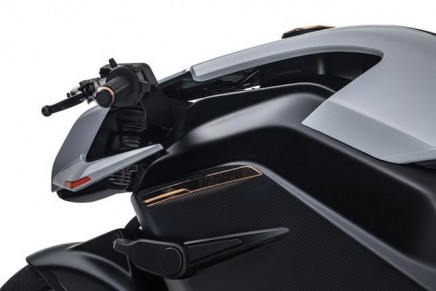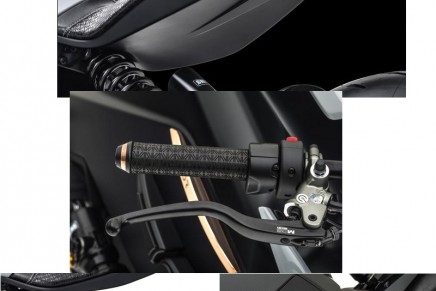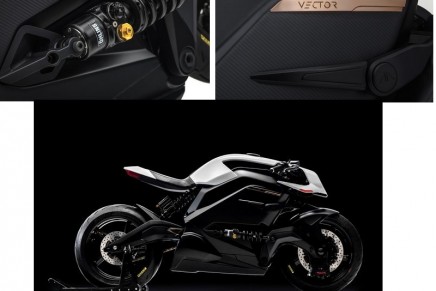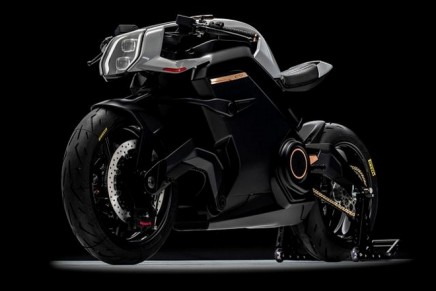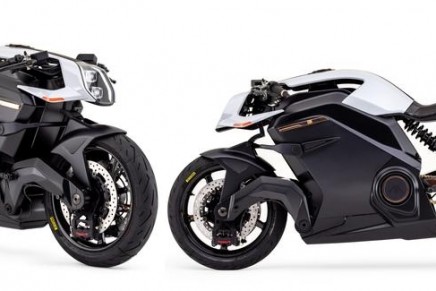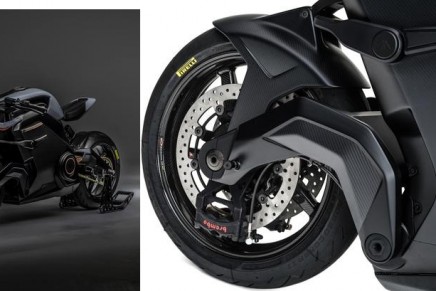No clutch, no gears, just you and the open road. Massive torque, traction control, ABS brakes, variable dynamic modes and ingenious Heads-Up Display and haptic alert systems make the Vector riding experience unique, safe and utterly euphoric.
Arc Vector is a futuristic all-electric café racer built to order from £90,000. Dubbed as “the world’s most advanced motorcycle”, Arc Vector’s innovations include hub-centered steering, custom carbon swing arm, Human Machine Interface, Heads-Up Display, haptic alerts, and one of the most energy-dense battery cells in existence.
Announced at last November’s EICMA show in Milan, the £90,000 neo-café racer will enter full production at the end of 2020 with 399 units to be built to order in the first 18 months.
With a 399-volt electric motor producing 133bhp and a weight of 220kg, the Arc Vector will have the best power-to- weight ratio of any electric two-wheeler – 650bhp per tonne. The combined range will be around 270 miles, announced the manufacturer. Zero to 60mph will arrive in three seconds and the top speed will be 125mph.
At the centre of the Vector is its ingenious battery-module carbon monocoque. Simplicity is key to its design and, countering the weight of the battery pack, the watchword is lightness. The motor and batteries are structurally integral to the monocoque, making the chassis incredibly stiff.
Arc is one of a tiny number of OEMs to develop its own carbon swing arm, in collaboration with MotoGP manufacturers Riba, which enables lateral flex for cornering stability, grip and agility. The liberal use of carbon, and other exotic materials such as quality alloys, exposed copper detailing and aircraft-grade aluminium, helps to keep the machine’s total dry weight down to 220kg.
Founder & CEO Mark Truman, the visionary engineer behind Arc, has undertaken the lion’s share of track testing himself at circuits and airfields around the Midlands, fettling the finer points of the Vector’s geometry and handling. A notable design direction has been hub-centre steering.
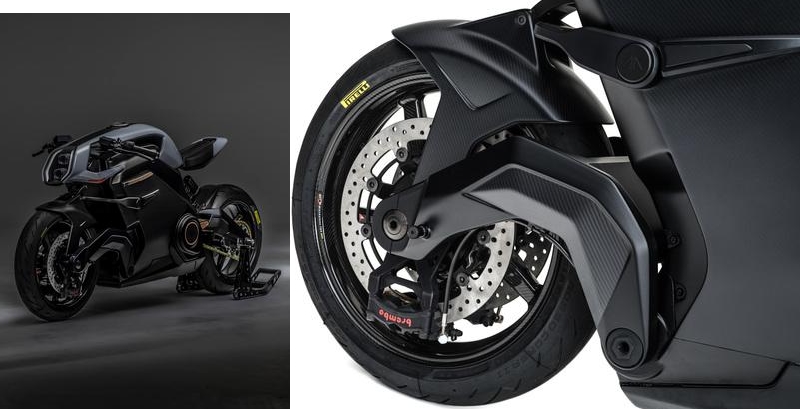
@Arc Vector arcvehicle.com
This is characterised by the steering pivot points being inside the hub of the wheel, rather than above the wheel in the headstock as in a traditional layout. Truman explains the advantages: “The system we’ve developed gives the bike low-speed control. There are a handful of manufacturers who’ve implemented hub-centre steering in the past, but they did so with an anti-dive system. Riders want the bike to dive under braking, that’s what we’re used to. For the Vector, we’ve created a system that has all the benefits of HCS but which feels like a set of forks. The advantage is stiffness which allows for a steep rake angle and a chassis that enables fast changes of direction with stability at high-speed. What we’ve devised is the best of both worlds with none of the negatives.”


